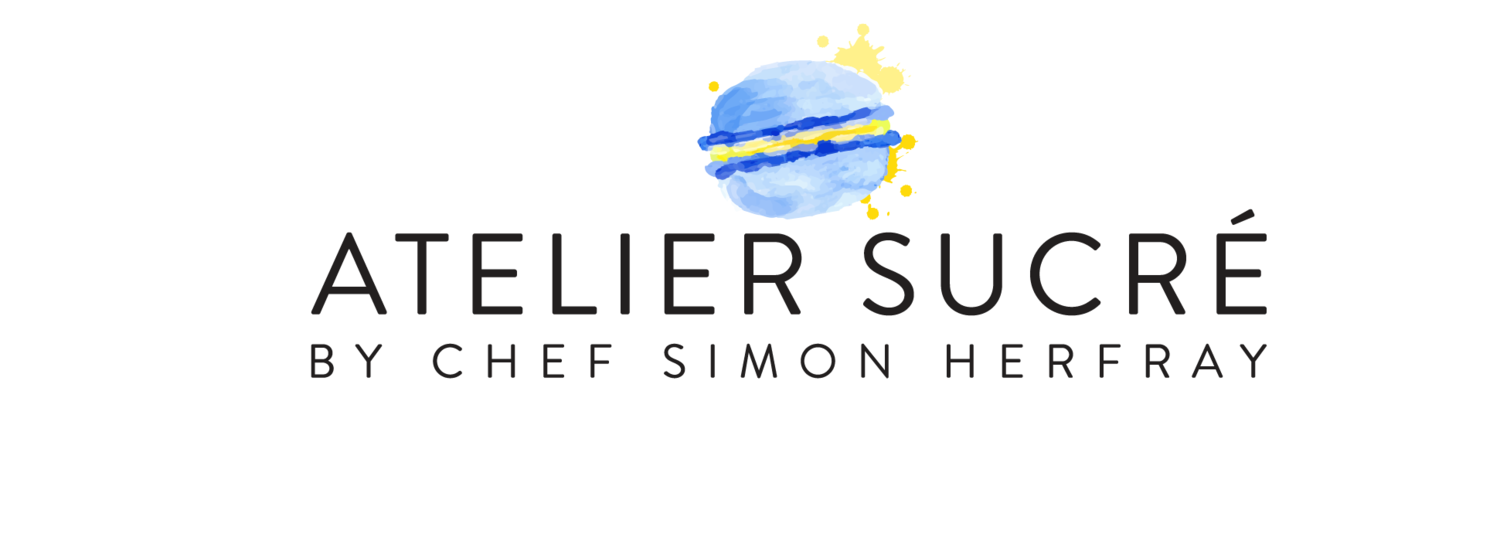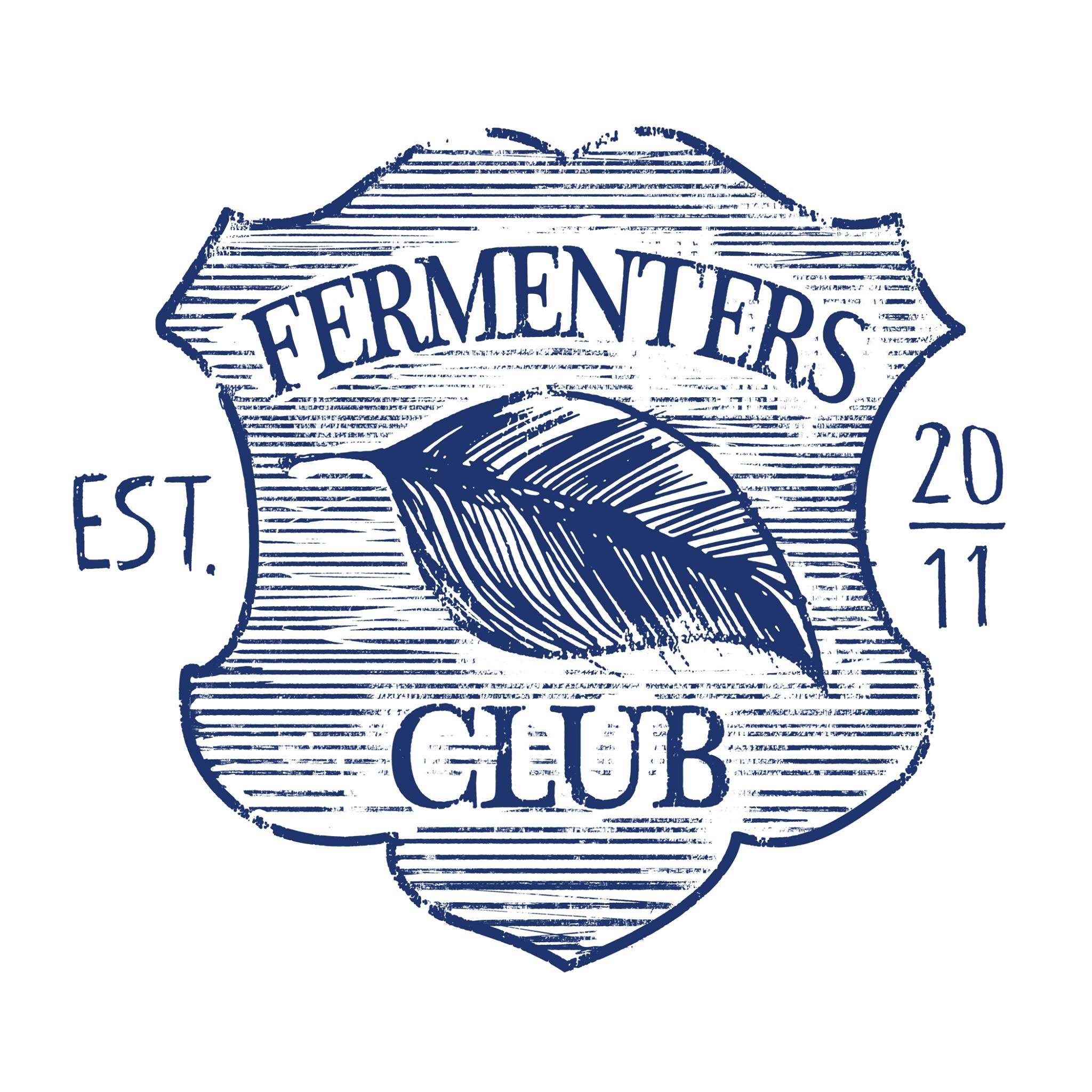You'll get to make your own batch of delicious, unroasted double chocolate vegan ice cream, using our in-house vegan ice cream base!

Join us for a hands-on afternoon of ice cream making! You'll get to make your own batch of delicious, unroasted double chocolate vegan ice cream, using our in-house vegan ice cream base! We'll talk you through the ins and outs of the science and technique of making homemade ice cream and demonstrate how we make our ice cream base.
You'll combine the chocolate ingredients with the ice cream base, and have the choice of add-ons, like chocolate chips and crushed waffle cone pieces, and then hand churn your ice cream with our old fashioned hand crank ice cream churners. We'll take you through a chocolate tasting in the downtime, and you'll go home with two pints of your own delicious creation!
Notes:
Due to the nature of this class, we suggest heading straight home with your ice cream after the class! We will provide insulators and ice packs to ensure it makes it home in time.
Due to the structure of the class, ice cream making happens in groups of 2. If the class is fully booked and you're flying solo, you may have to team up with another class participate for the class. You'll still get the same amount of ice cream either way :)
Unroasted & Uncommonly Delicious
We make unroasted dark chocolate from scratch, with traceable, high quality, and transparently traded single origin cacao, crafted into something uncommonly delicious.
Cacao beans are the seeds of the cacao fruit, harvested and prepared by producers at origin. Every bean has a flavor profile shaped by the soil and climate it grows in, as well as the care each producer takes in cultivating and processing it.
This fruity flavor is often roasted away in favor of that classic chocolatey note. We love this fruit-forward flavor, and we make our chocolate without roasting so you can enjoy it too.
Chocolate starts with a fruit.
Cacao beans are fruit seeds. Theobroma cacao is a fruit tree that bears heavy, football-shaped pods, full of lemony, sweet pulp and about forty to sixty seeds. These seeds are harvested by hand and referred to as “wet cacao” since they’re coated in the pulp.
This pulp is about ninety percent water and ten percent sugar, making it the perfect food for microbes, which leads to the first step in the post-harvest process: fermentation!
Fermentation brings out the flavor
The wet cacao is fermented in wooden boxes covered with banana leaves for four to seven days depending on the origin and the producer.
While it’s the pulp that is fermented, and not the cacao seeds themselves, the seeds are subjected to the effects of fermentation like high temperatures and the creation of ethanol and acetic acid, deactivating the germ and developing flavor and aroma precursors. What this means is that it tastes a whole lot better than before.
When you eat chocolate, you’re almost always eating cacao beans that have been through the fermentation process. This is why we don’t refer to our chocolate as raw: reactions during the fermentation process generate heat, bringing the temperature of the pile up to around 120°F.
Without this process, cacao won’t properly develop the flavors and aromas that are so vital to the chocolate experience. At Raaka, our focus is on the flavors of the fermentation profile.

This class will be a sensory journey through the ingredients used to make artisanal gelato, with chef Patrizia Pasqualetti. This class is suitable for vegetarians.

Frozen desserts are some of the easiest and most versatile treats you can make at home. From sweet and fruity sorbets, to icy crystals of granita, to smooth and creamy ice cream, these desserts can be used at any meal or occasion. You will learn the basics of making each of these frozen treats.

Be inspired to create your own decadent desserts. Chef Simon will guide you at your own station to make these melt-in-your-mouth chocolate cakes and ice cream.

Ready to learn the secrets of some of our most popular recipes? Join our Scuola Chef for this Gelato making demonstration. This demo class is perfect for a novice or a curious diner who wants a behind-the-scenes peak at our expert chefs.

Learn how to make cultured milk products (dairy & vegan) through fermentation, and celebrate summer by indulging in cultured ice cream
© 2025 coursetakers.com All Rights Reserved. Terms and Conditions of use | Privacy Policy